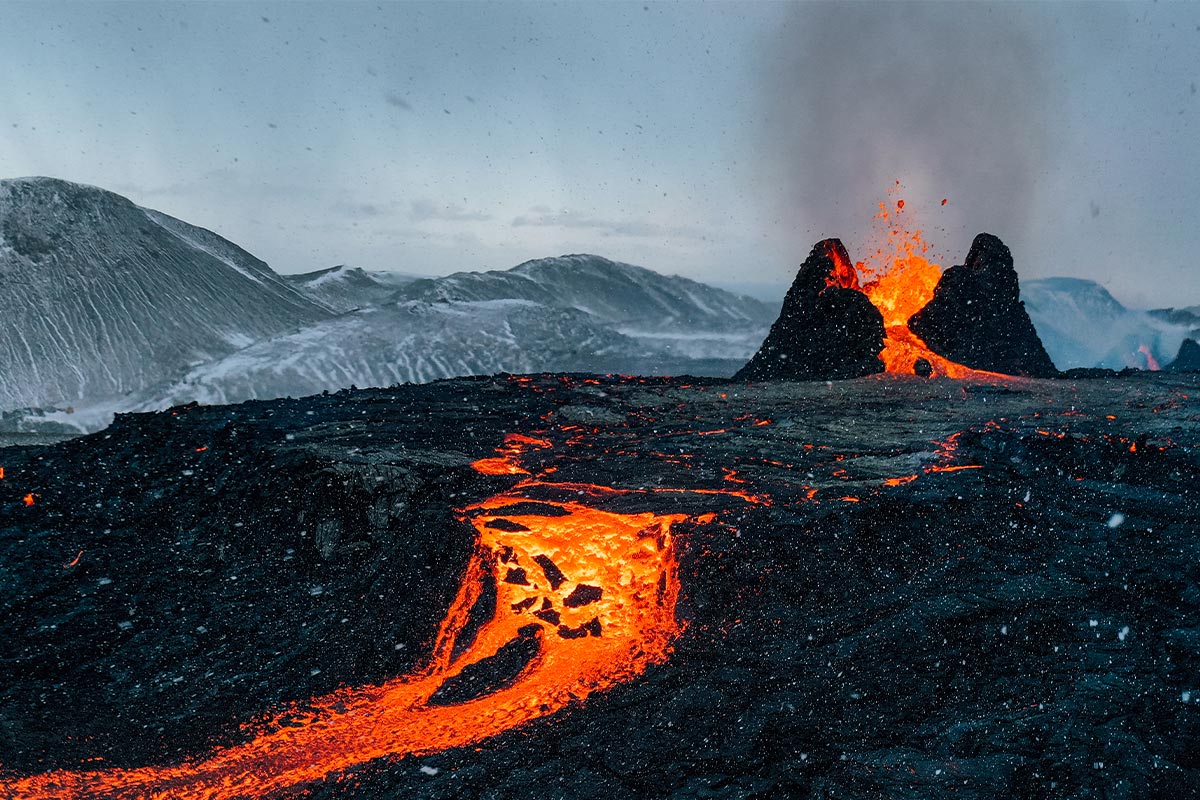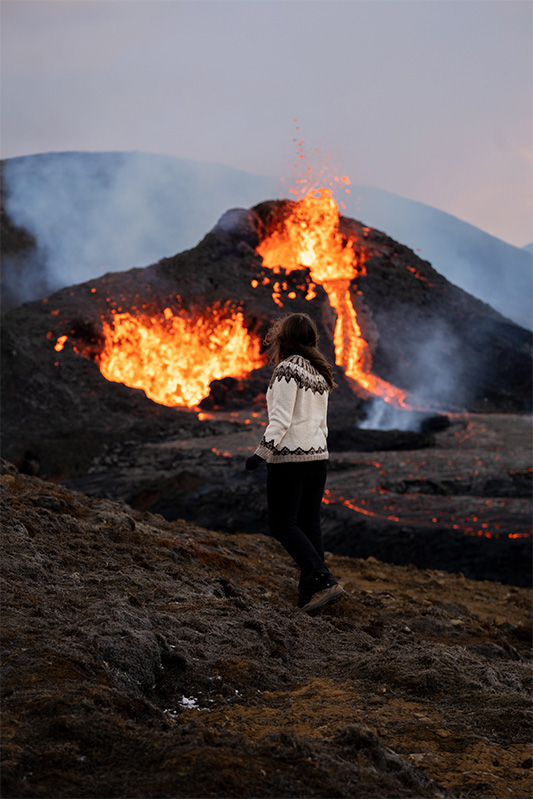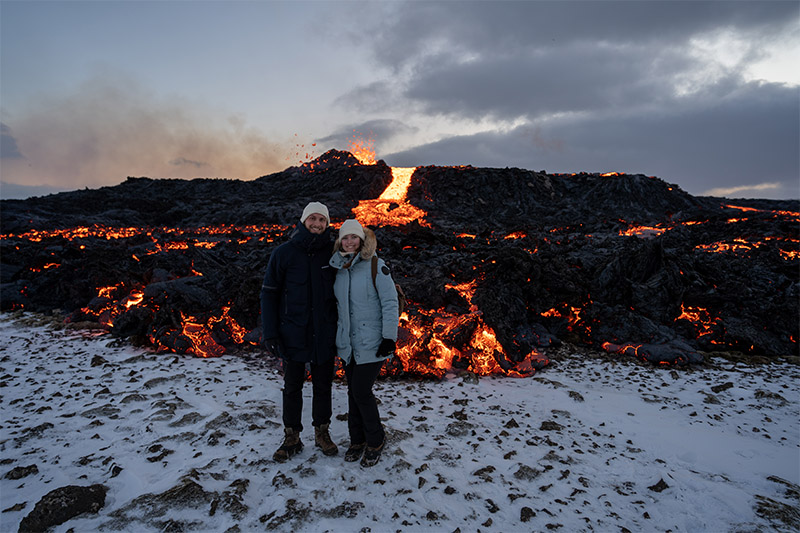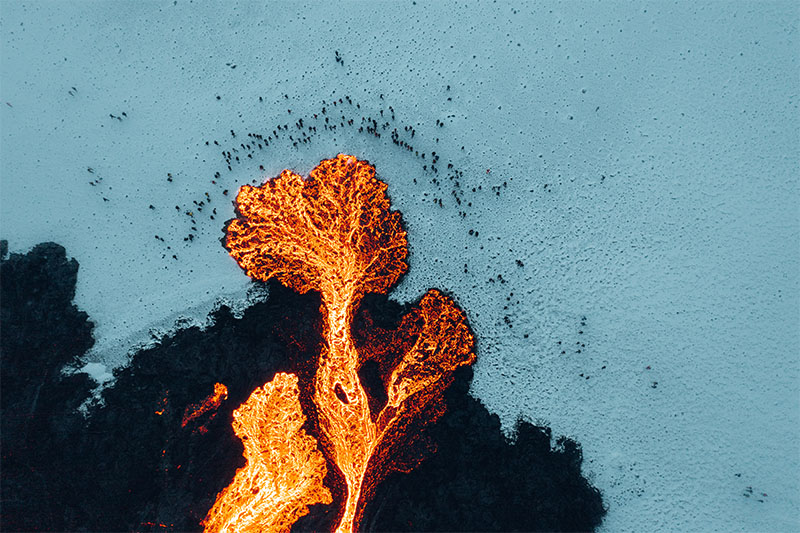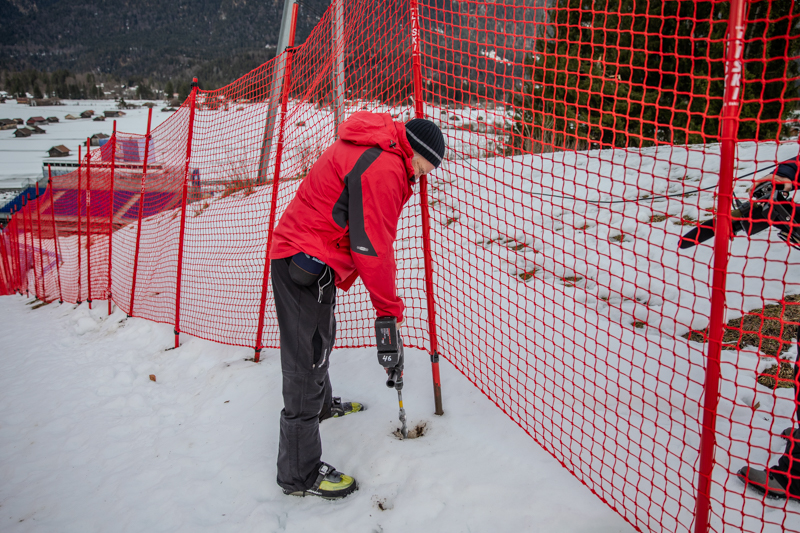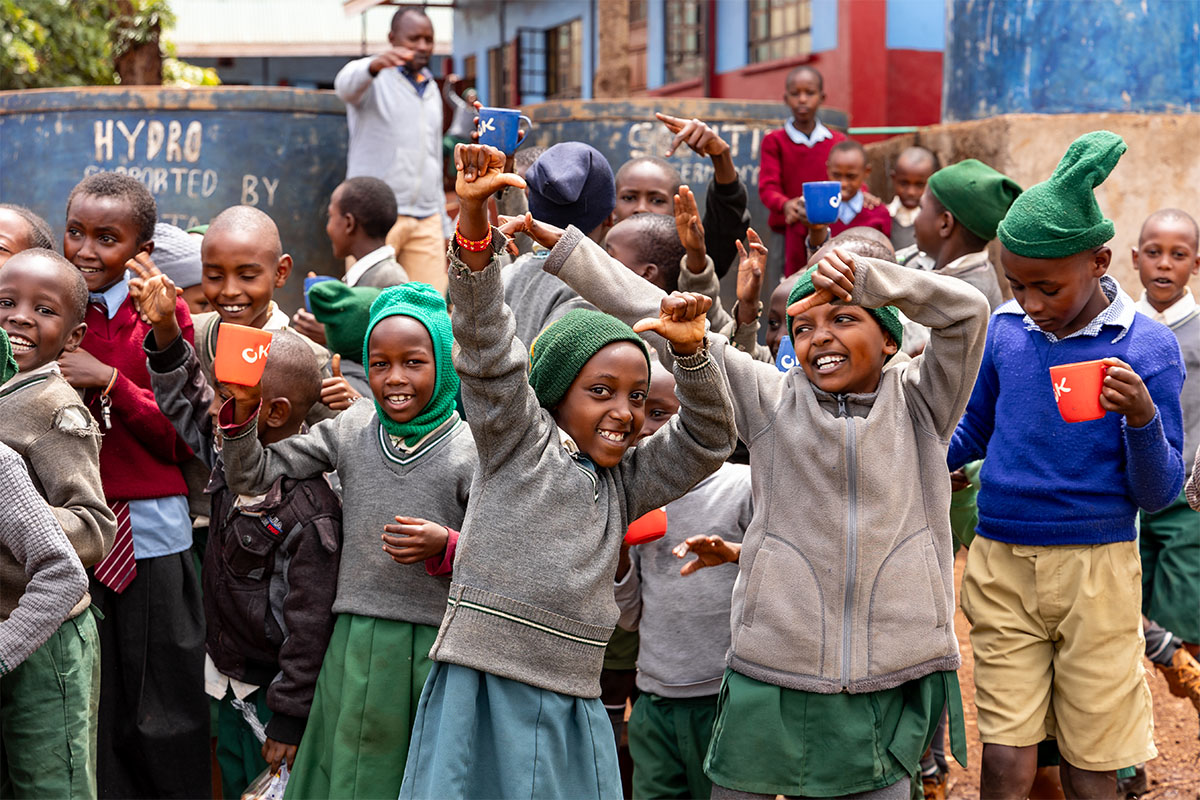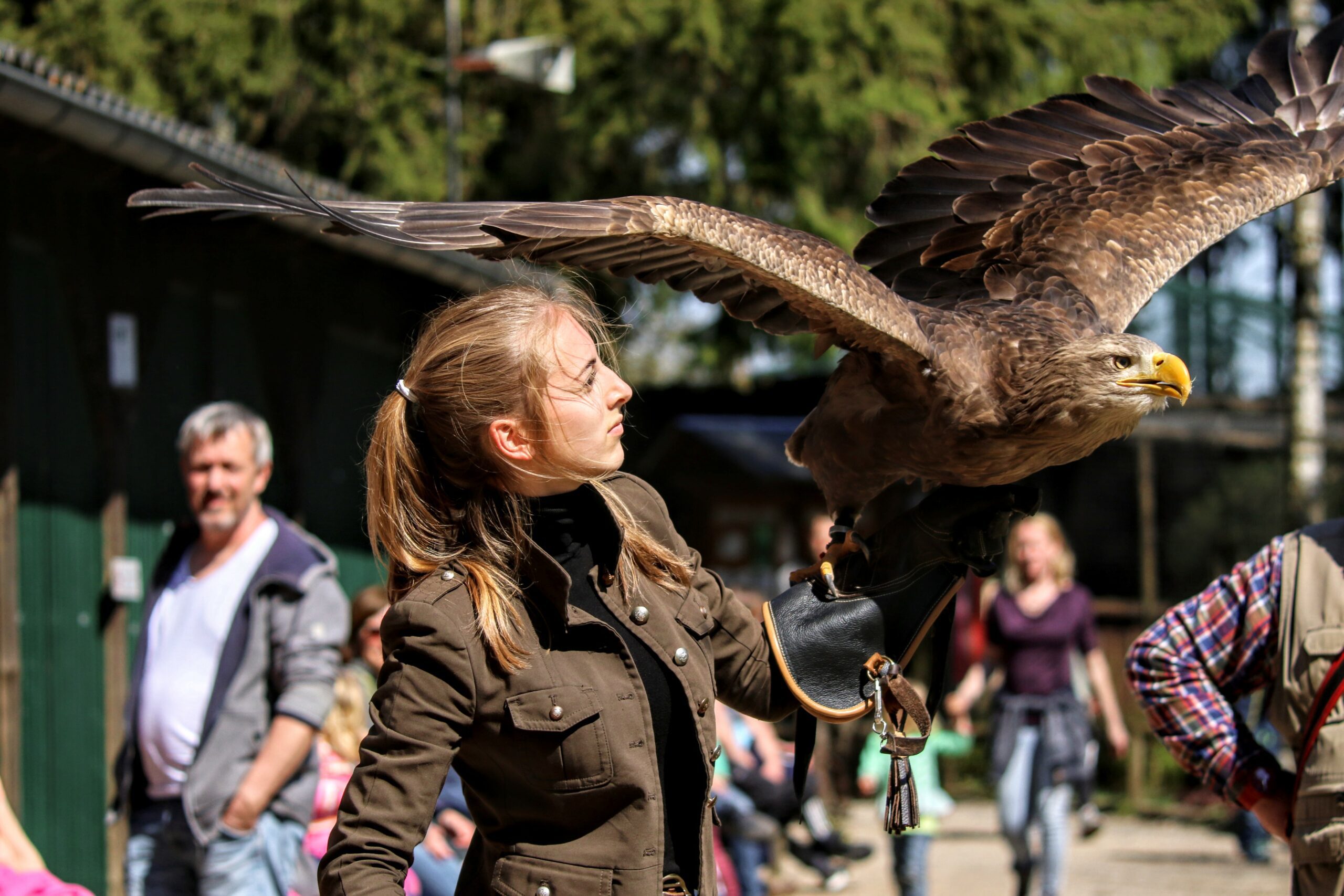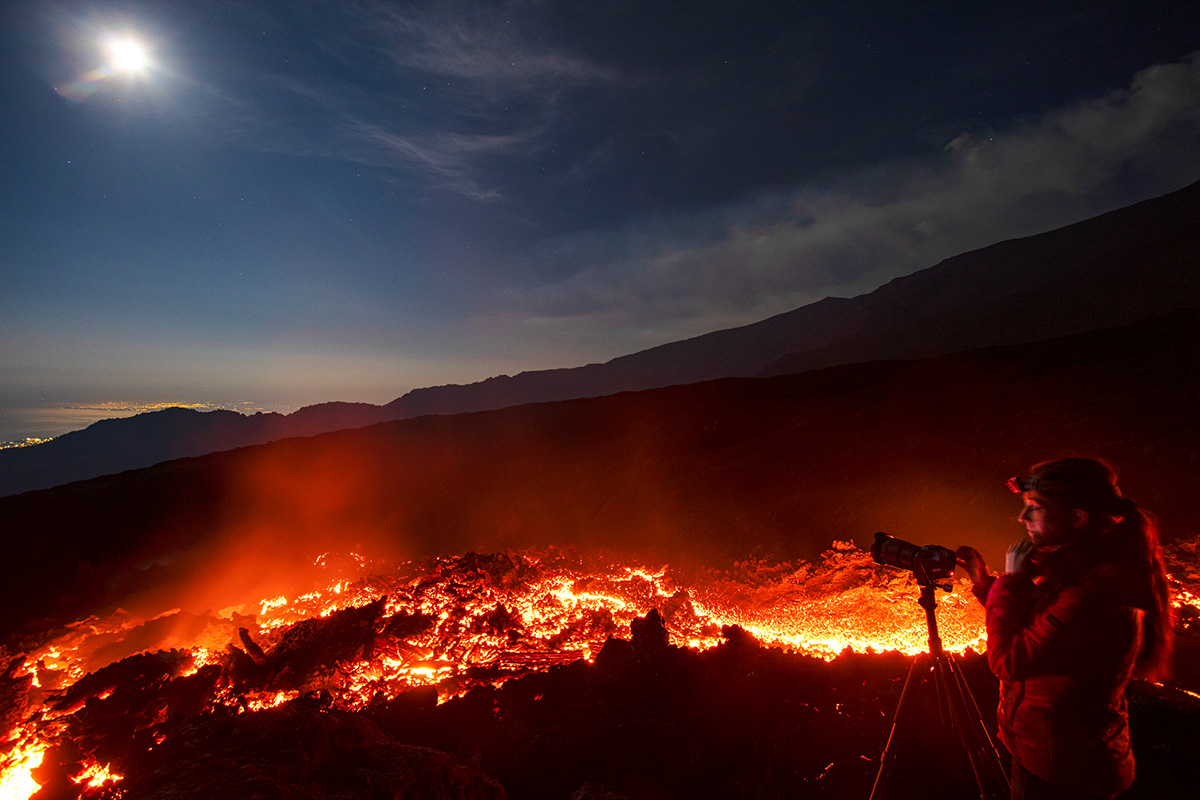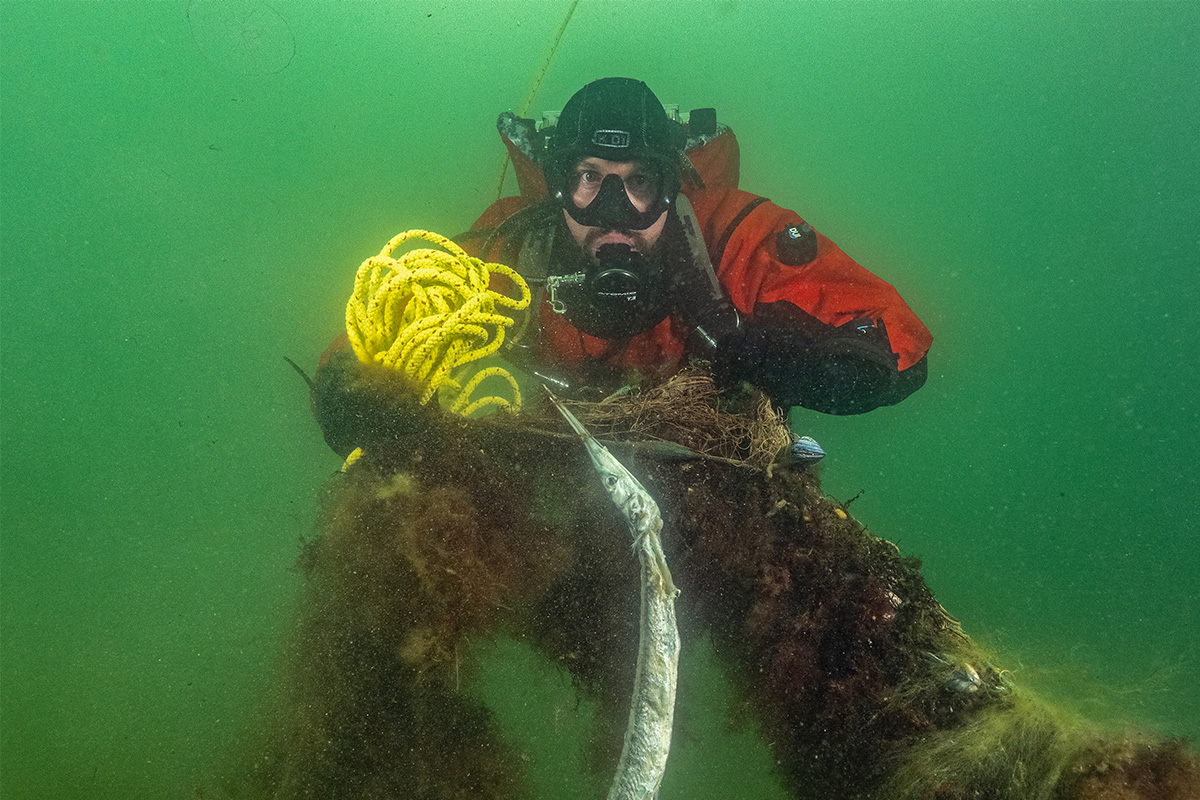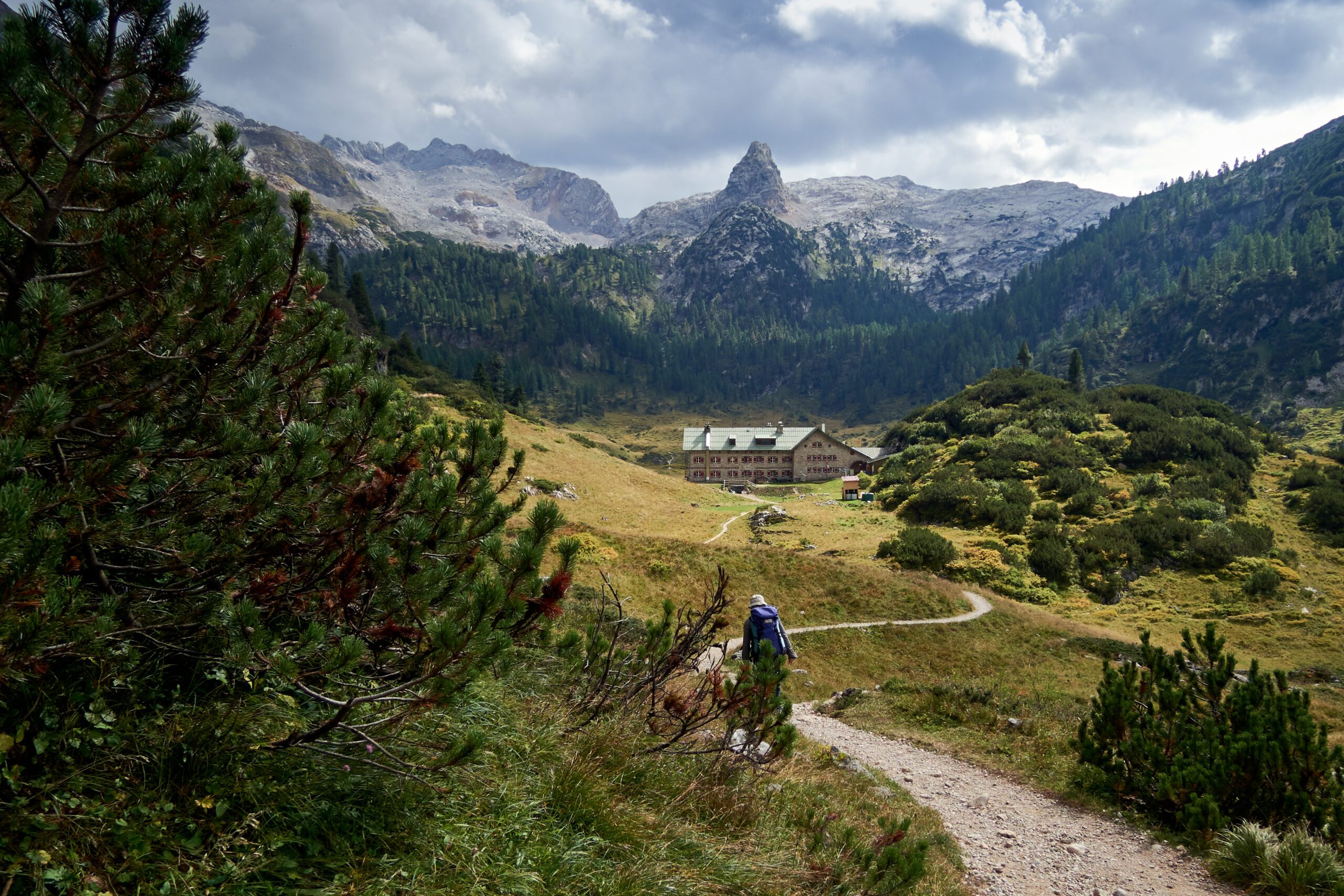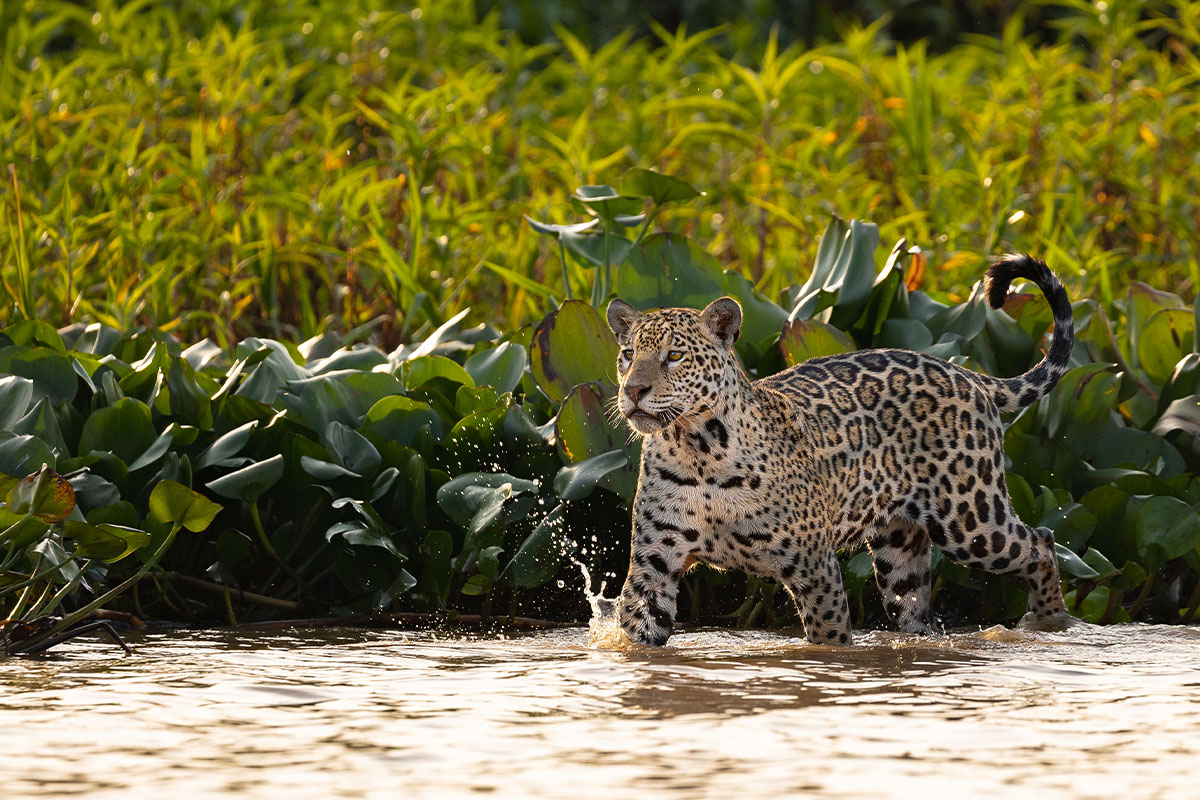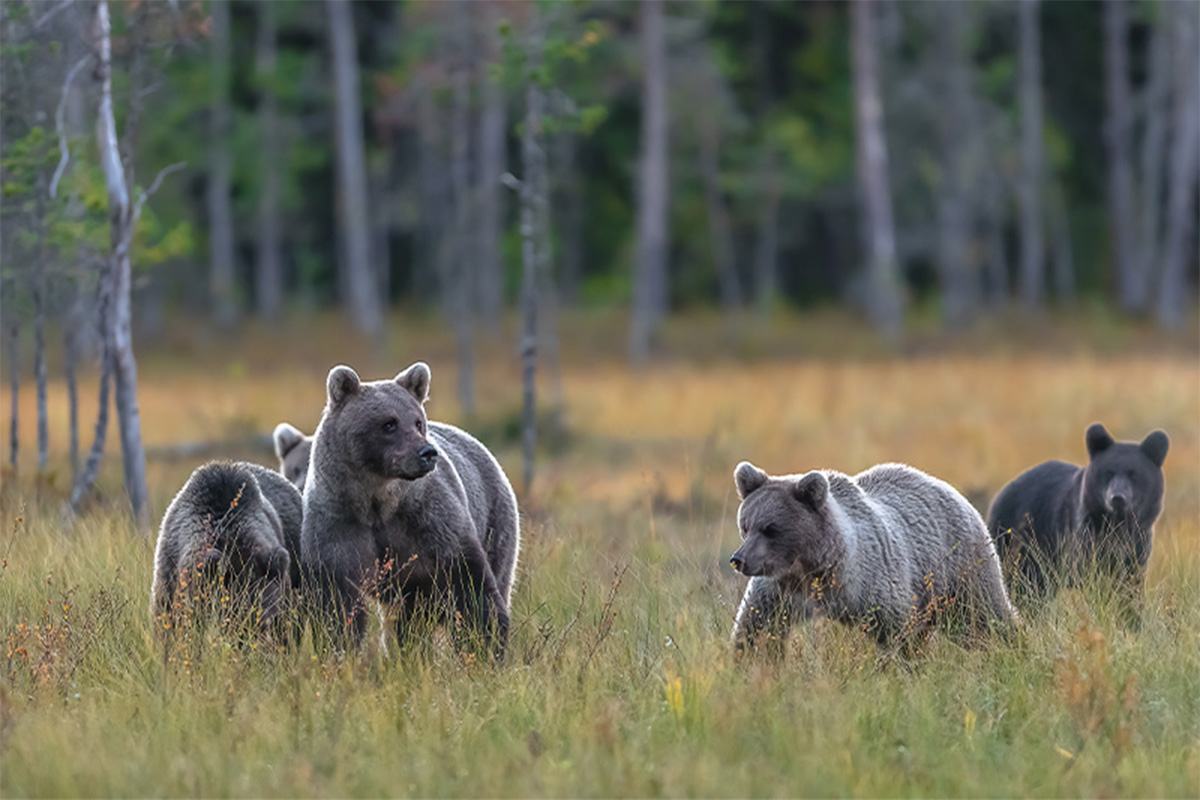Volcanic eruption in Iceland
While March 2021 saw life in Germany come to a standstill, a volcano was erupting in Iceland. Despite all the hurdles facing us in a time of pandemic, Mathias and Annika Koch decide to fly to Iceland. “It’s now or never”, they think, as you never know how long a volcano will remain active. It turned out to be the best decision of their lives!
Over the years since we – Annika and Mathias – met, we have traveled to some of the most beautiful places on Earth. We had already seen a lot of the planet, but we had never experienced an active volcano. In fact, it was at the very top of our must-see list! Kīlauea is an active volcano in Hawaii and was one of the reasons we chose to travel to the Pacific archipelago for our honeymoon, though it was unfortunately not active during our visit. Yet, one year later, our dream suddenly and unexpectedly came true.
The news we couldn’t get out of our minds
The date is Saturday March 20, 2021. We’re sitting at the table, eating breakfast and browsing the latest news. Besides COVID-19, there’s one thing that stands out: a volcano has erupted in Iceland! For weeks, the peninsula of Reykjanes has been beset with earthquakes – a sign that an eruption is imminent. The eruption is so small and has so little explosive force that there is no risk to people or animals, and the small ash plume means that air traffic has not been impacted. Occurring in the middle-of-nowhere Geldingadalir valleys, the eruption has not affected any residential areas, making it the perfect tourist volcano.
The eruption site
The volcano is part of the Krýsuvík volcanic system, around 30 kilometers from the Icelandic capital, Reykjavík.
However, there is one difficulty to overcome: actually making the journey during a coronavirus lockdown! After a little research, it’s clear what we have to do to see this volcano. And we’re in no doubt: we’re willing to do it! We plan to start the journey in a week. We’re not sure whether the rules will change by then – and we don’t even know whether the volcano will still be active by the time we get to see it.
Arrival in the land of fire and ice
After almost six days in quarantine upon arrival, it’s Easter Sunday and the time has finally come: we head for our COVID test at 9am and get the results back at 4pm. We’ve already packed our cases, so all that’s left is to put them in the car and set off. You have to start the walk to the volcano by 6pm, but we’re almost an hour and a half from the volcano. Nevertheless, we don’t want to wait until tomorrow: we still have no way of knowing how long the volcano will remain active and what the weather will be like in the days ahead. We reach the car park at 5:50pm and, although most of the visitors are walking back towards us, we set off walking towards the sunset.
The volcano is in the middle of nowhere, so there isn’t a right or wrong route, not even a beaten track. The only option is to march through volcanic debris, aiming for the waypoints positioned every few hundred meters. Even on flat terrain, this is extremely hard work, as you constantly have to lift your feet high so you don’t trip. What’s more, it’s around -10°C (14°F), there’s an icy wind blowing, and we need to move pretty fast if we want to see the volcano in daylight. But the trail becomes harder and harder, and the incline steeper and steeper, so much so that we have to pull ourselves up along ropes in places. Once we reach the top, the terrain flattens out again. After a few hundred meters’ climb up the mountain and around two hours’ hiking, we finally get a first glance of the lava-spewing volcano and feel absolutely overwhelmed.
Eye to eye with the volcano
We stand there and gaze into the volcano’s two great gorges, utterly exhausted by the hike yet utterly fascinated by this unique image. As we’re at a high vantage point and the volcano itself isn’t too tall (compared to other volcanoes), it’s as if we’re gazing straight into its eyes. It has two openings with lava flowing and spurting from them; we can hear the lava flowing beneath us and seething in the gorges below. What we’re seeing is simply unbelievable. We can’t believe it and we are infinitely grateful! As this is such a young volcano, the lava field around it is still very small and we’re standing on a hill very close to the volcano itself. If there were no wind, we would certainly be able to feel its heat. We sit down on the opposite hill and enjoy the view with a cup of tea and chocolate bars we brought with us. Darkness slowly falls and the bright lava seems to become stronger and stronger. The area is cleared at 10pm, so any remaining visitors need to start the journey back. Everyone has to be back at their cars by midnight.
The ground opens up again
The next morning at breakfast, we learn that further fissures have opened up nearby overnight and the area has been closed for the time being. We are delighted that we had the chance to make the hike the evening before! As we aren’t able to visit the volcano again, we decide to drive further east. Over the next few days, we take in the most famous locations on Iceland’s south coast, always in complete isolation. Knowing just how busy these locations would usually be make this a rather eerie experience, but we enjoy the quiet nonetheless. As a snowstorm is forecast in the east at the end of the week, we drive back to Reykjavík in the hope that we’ll be able to walk up to the volcano again. And we can!
On our second hike up to the volcano, the terrain is even more challenging, as snow has fallen and been trampled to ice since our first visit. Nevertheless, we manage it and reach a monochrome volcanic landscape even more impressive than on our first visit. The contrast between white snow and black lava is unique. Plus, two more craters have opened up in addition to the first volcano. We walk all the way to the furthermost volcano, as its lava field is so small that we can stand right in front of it. In fact, we can even warm ourselves from the lava as we would with a campfire. New lava flows are constantly emerging from the crater and various other locations, making this visit even more impressive than the first. We can’t believe what we’ve been fortunate enough to experience!
